We may earn money or products from the companies mentioned in this post. This means if you click on the link and purchase the item, I will receive a small commission at no extra cost to you ... you're just helping re-supply our family's travel fund.
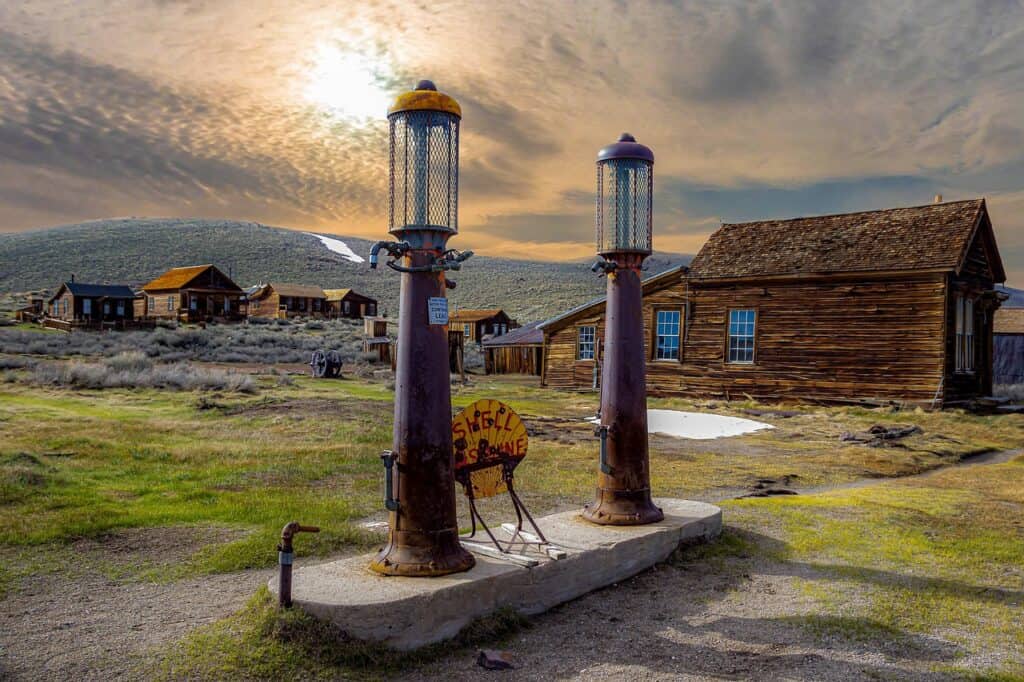
Old mining streets and sunburned storefronts still stand across the West, holding on to wind, dust, and a few stubborn stories. Ghost towns make time visible. Porches lean, ore bins creak, and schoolhouses echo with boots instead of lessons. With the right map and calm driving, travelers can see brick banks, bottle houses, and clapboard churches in one quiet day. These nine places keep roofs on, doors open, and history close enough to touch, then hand it back gently.
Bodie, California
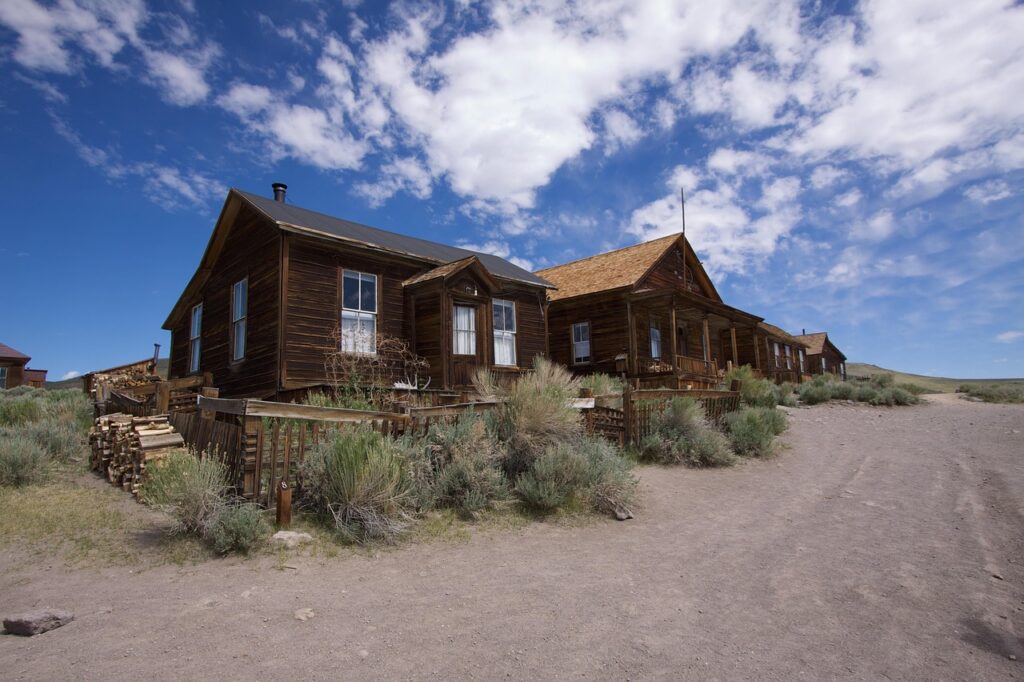
High on the Sierra’s dry shoulder, Bodie sits in official arrested decay, meaning crews stabilize sagging roofs without polishing the past. Boardwalks cross sage to a stamp mill, a schoolroom, and a row of false fronts that still stare down the wind. Peek through wavy glass to see dishes on tables and dust in place, a town paused mid stride. The silence carries, then a door hinge answers with a slow note that feels like a memory.
Rhyolite, Nevada
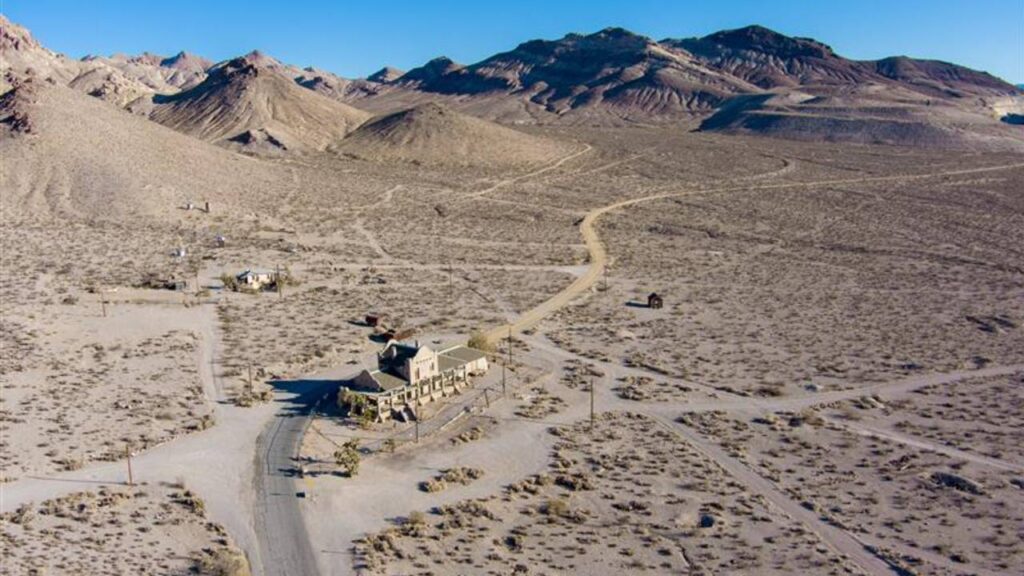
At the edge of Death Valley, concrete bones of the Cook Bank and a roofless depot cast long, cinematic shadows. Tom Kelly’s Bottle House flashes green glass in late light, while rusted rail spurs and a miner’s grave finish the scene. The boom lasted briefly, then the last train left and the desert took custody. Today, the ruins map big dreams and fast exits, and the quiet between walls feels larger than the town ever was.
Garnet, Montana
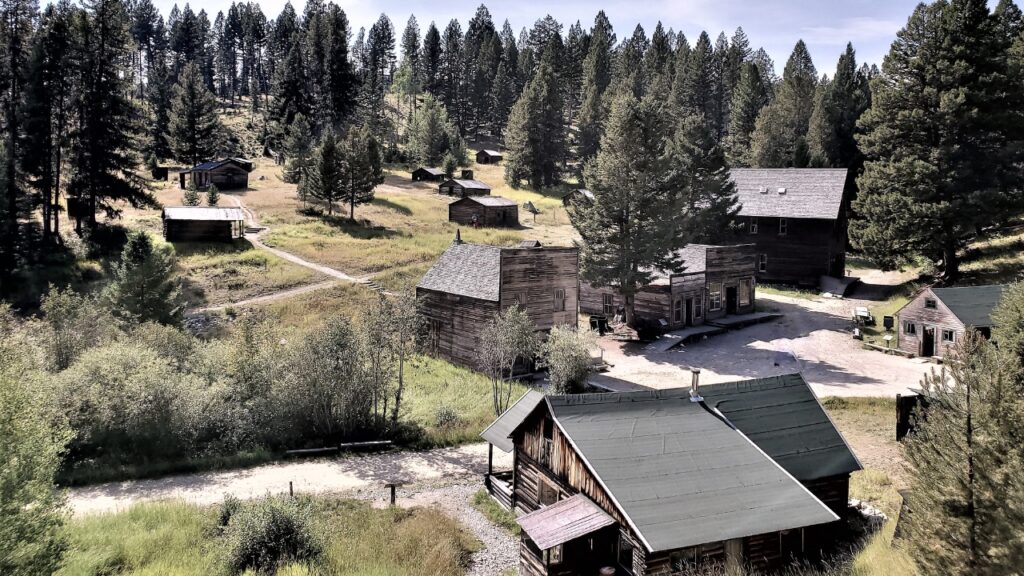
Tucked in larch and fir, Garnet survived because it was forgotten, then saved because caretakers moved gently. Cabins lean into the slope, a hotel keeps its stair creak, and a mercantile still smells like dry timber on hot afternoons. Winter snow locks the road, turning spring into a soft reopening with birdsong and meltwater. Exhibits stay simple, which lets the hillside do the talking. Gold came fast, families came later, then the forest outlasted both.
St. Elmo, Colorado
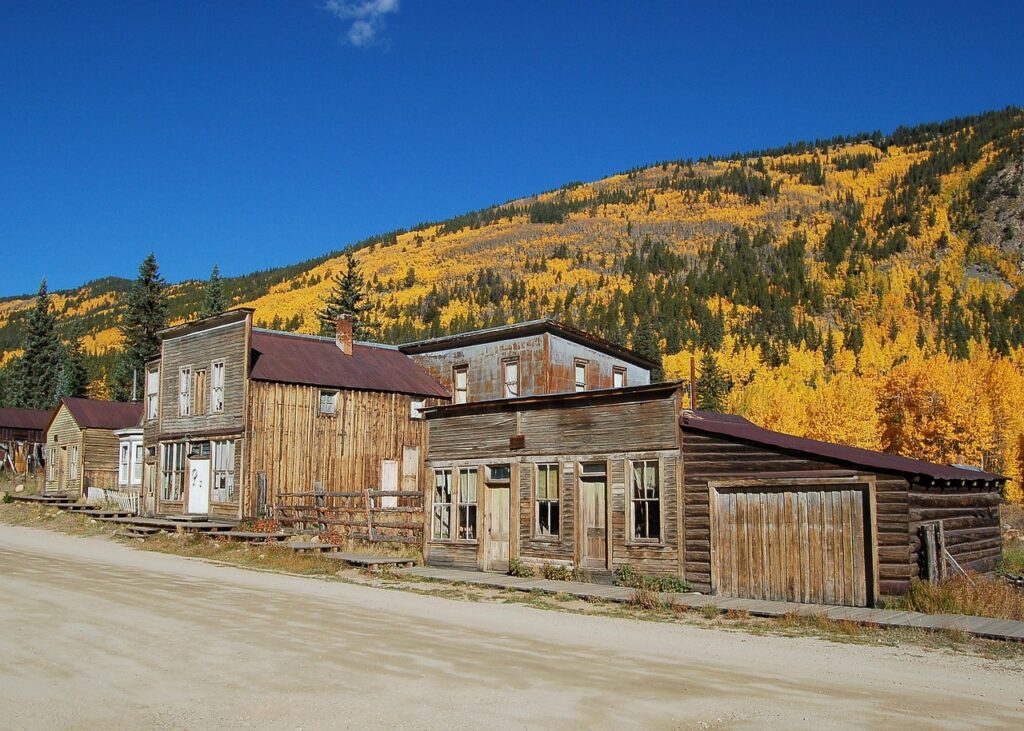
Chalk Creek Canyon holds a street of tall false fronts with mountains stacked like a curtain behind them. A summer store sells candy and postcards, while chipmunks work the porch steps as if on contract. Many buildings remain private, yet the view alone explains why residents tried to stay after the silver markets fell. Autumn paints aspen into the gaps, and the creek keeps a steady voice that ties the town to the valley it served.
Terlingua, Texas
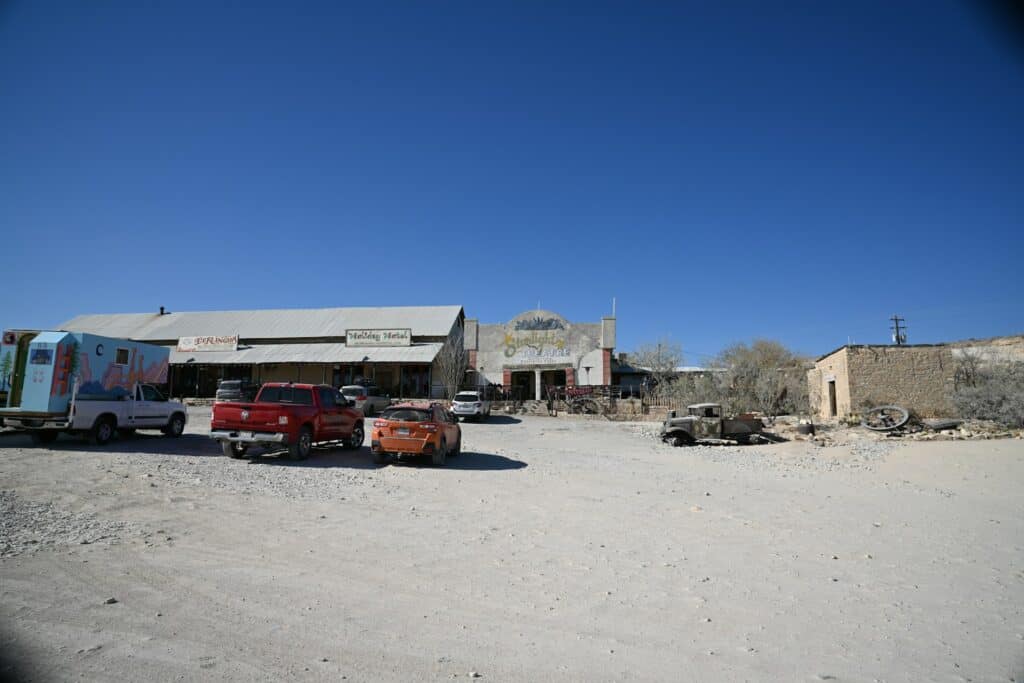
Adobe walls slump, a cemetery wears wooden crosses, and an old theater pours music at dusk on the edge of the Big Bend. Mercury mines built the town, then closed, leaving kilns and tailings in the heat. A small community returned with artists, guides, and a legendary chili cook off, so the place pulses without losing its ghost. Sunset drapes purple over the mesas, and the ruins glow just enough to feel alive again.
Bannack, Montana
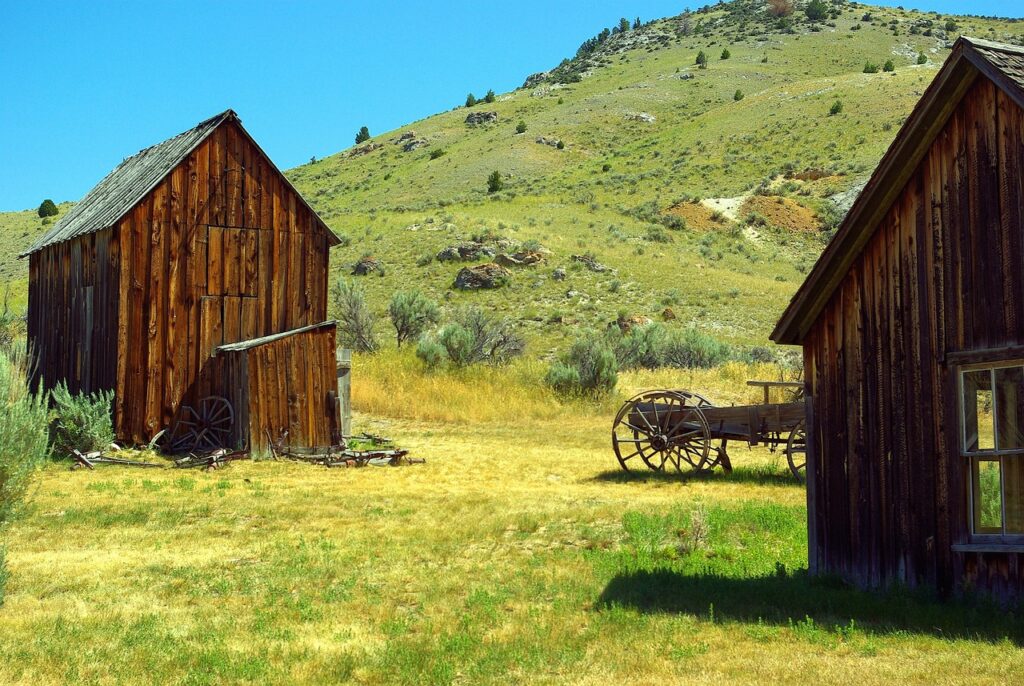
Montana’s first territorial capital sits along Grasshopper Creek, where gold brought crowds, courts, and rough justice. More than sixty structures stand, from schoolhouse to hotel, with door latches that still lift and floors that still complain. Bannack Days in summer add fiddles and fry bread, yet even quiet mornings carry stories. Walk slowly past Boot Hill, then down the main street, and it becomes clear how fast a boom can build, and how fast it can fade.
Berlin, Nevada
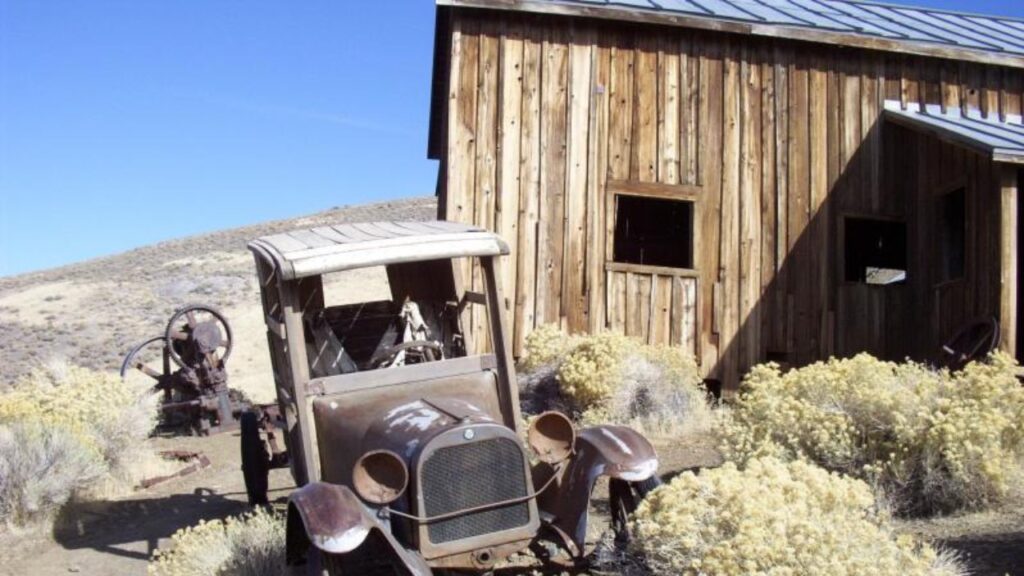
Here, two histories meet cleanly. A well kept mining camp holds blacksmith shop, assay office, and a line of workers’ cabins, while up the hill a fossil hall guards giant ichthyosaurs pulled from ancient sea rock. It reads like a layered museum with wind for a guide. Rust and bone share the ridge, and both explain survival in different eras. Boarded windows keep out weather, caretakers keep out rush, and the desert keeps everything else in order.
Grafton, Utah
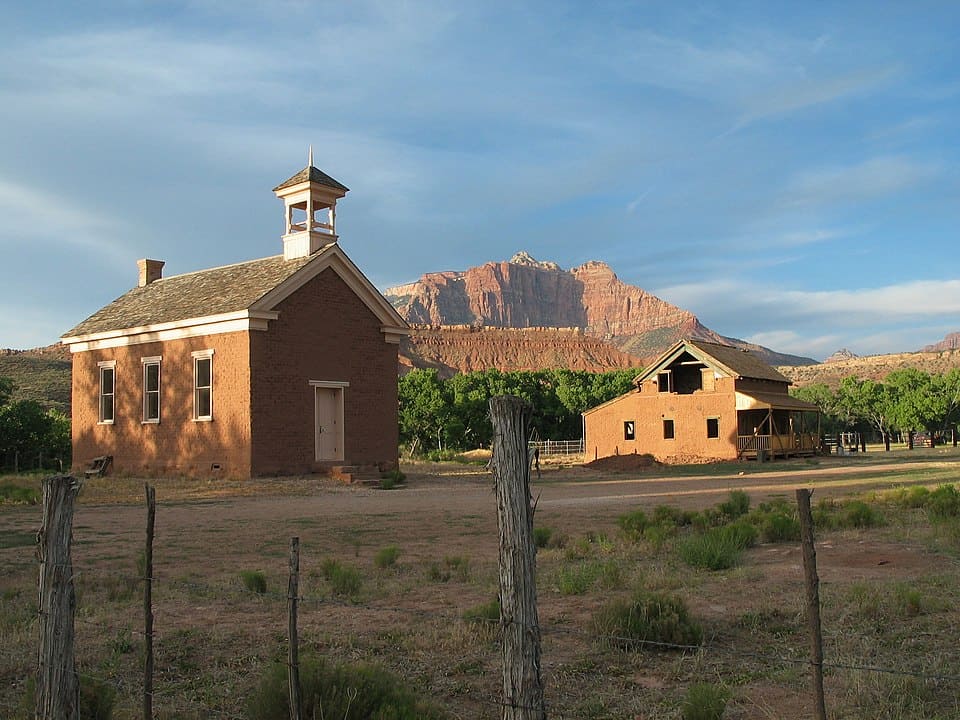
Near the Virgin River, cottonwood shade and a small cemetery frame one of the West’s most photogenic ghost towns. Settlers tried to farm here, fought floods and isolation, then left their schoolhouse and homes to the dry air. Restoration was careful, so clapboard shines without feeling new. The setting sits a few minutes from Zion’s traffic yet feels decades away, with red rock walls catching late sun while the river turns slow and green.
Animas Forks, Colorado
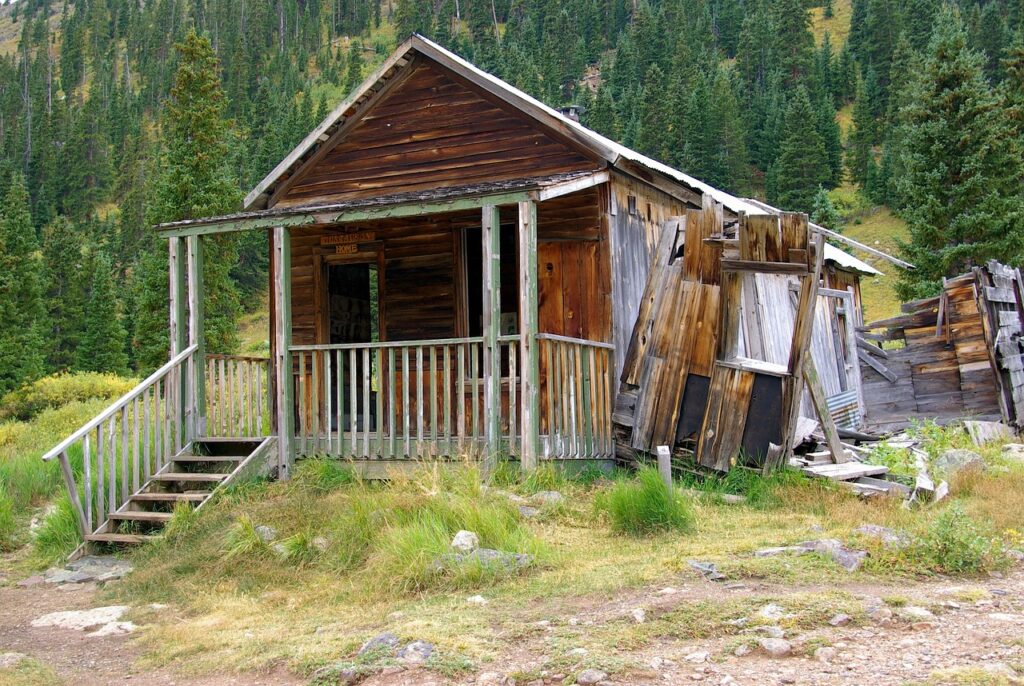
Above 11,000 feet, stoves once glowed all winter in houses that now face clean alpine wind. The Alpine Loop road reaches this pocket of silver era ambition, where a bay window house, a hotel shell, and scattered outbuildings line a high meadow. Summer brings wildflowers and short sleeves, then storms roll fast and remind everyone how hard life was up here. The views go all directions, and the thin air edits noise to almost nothing.